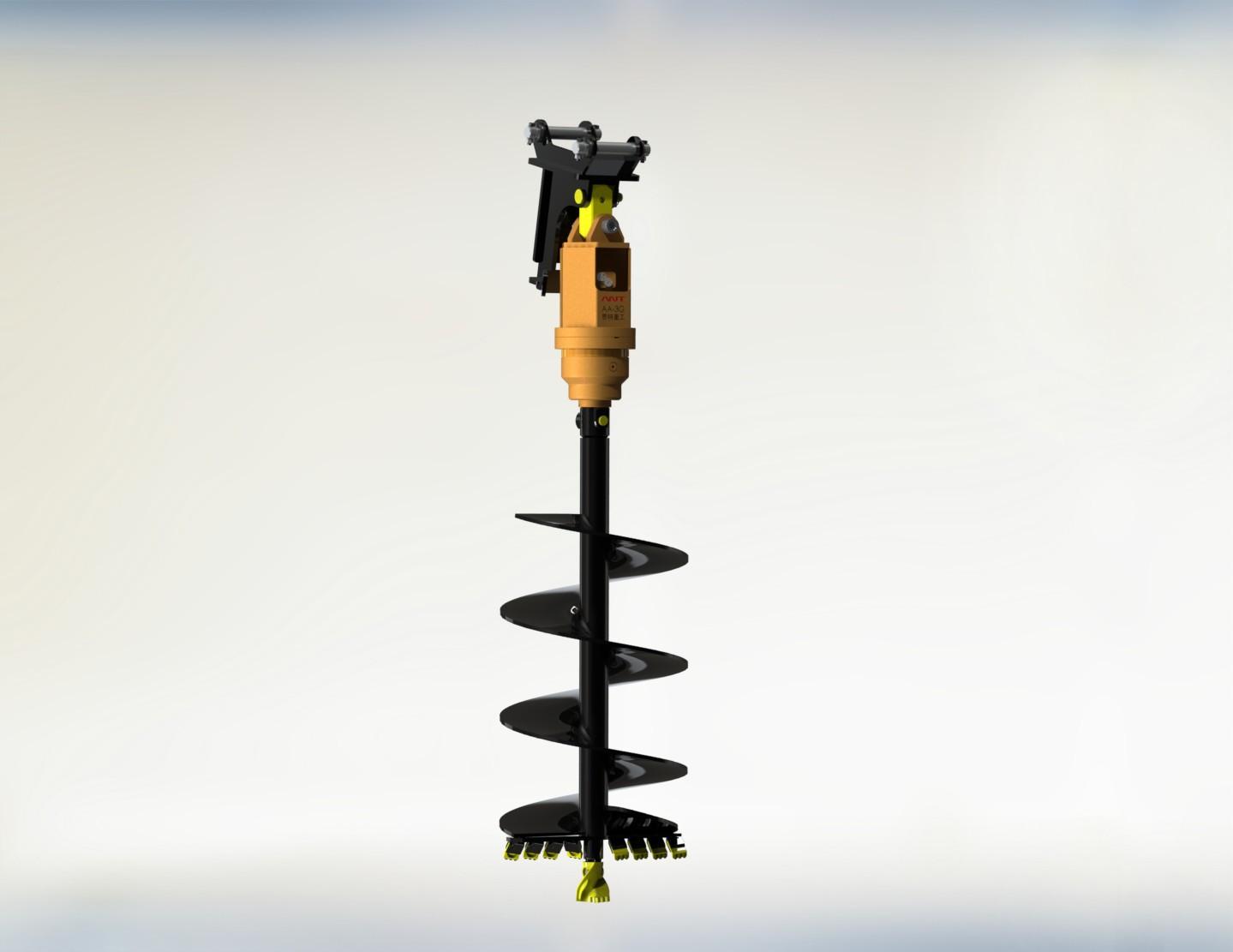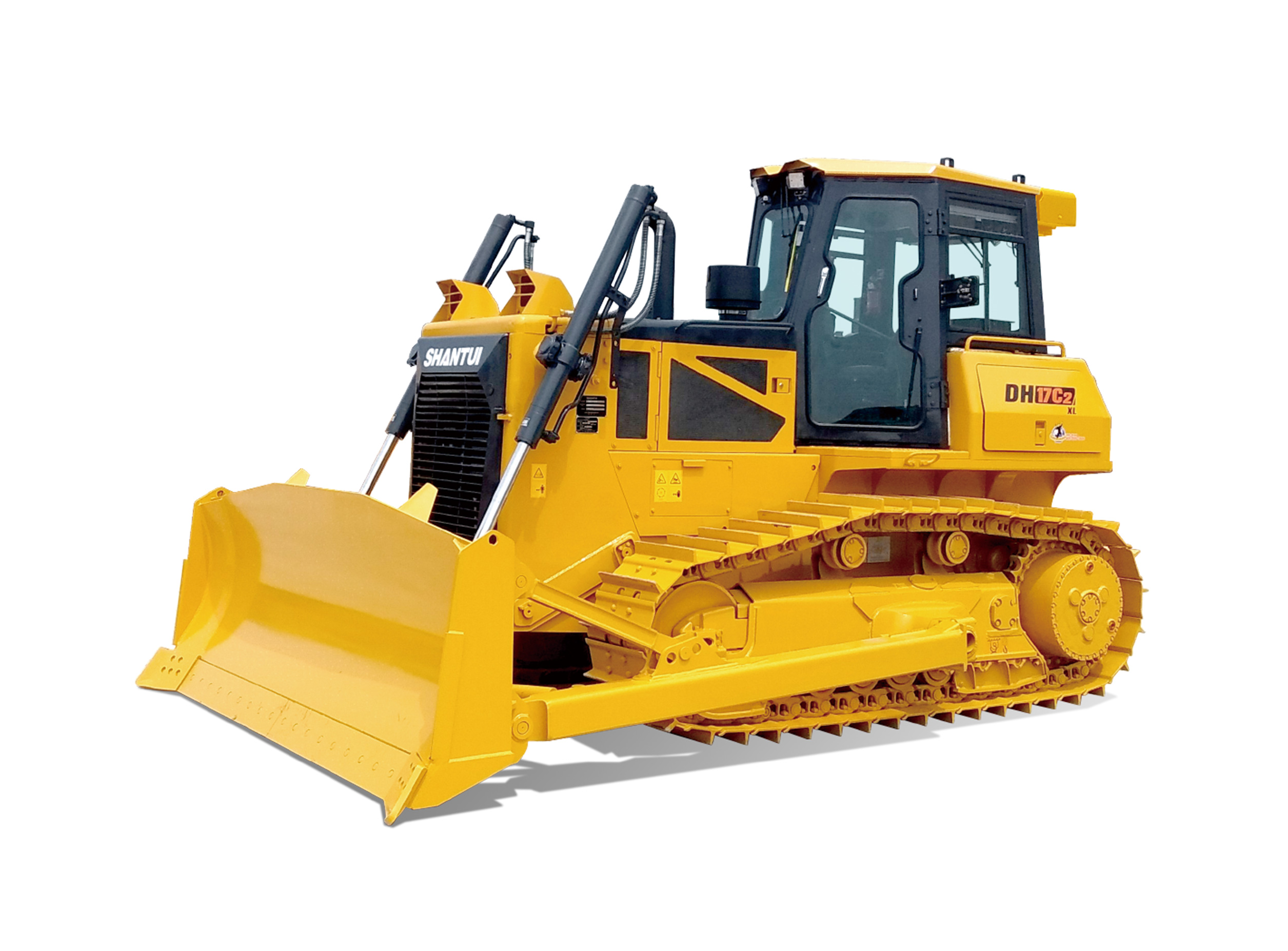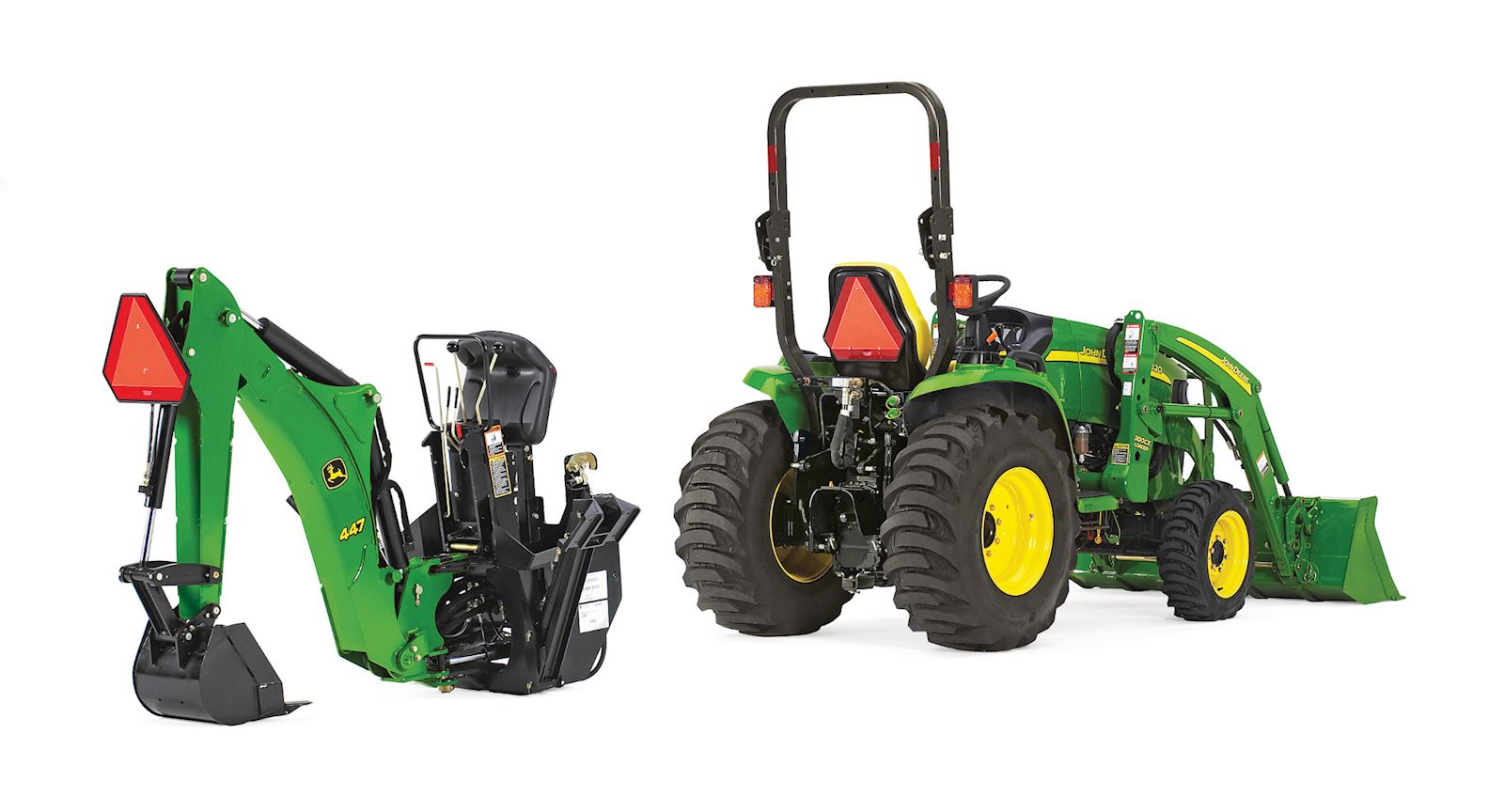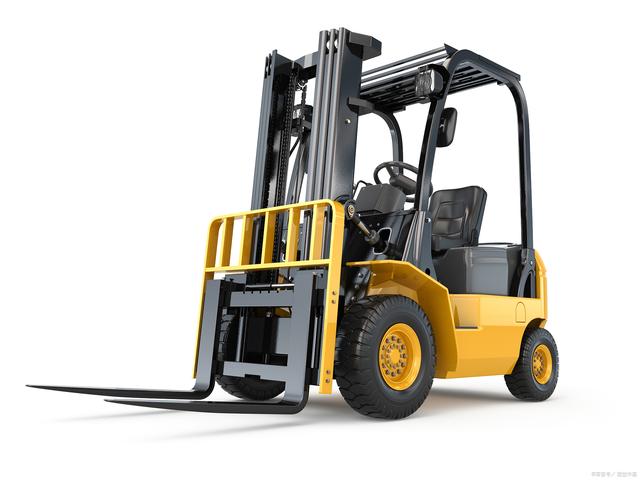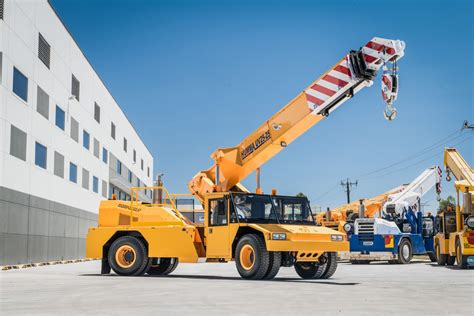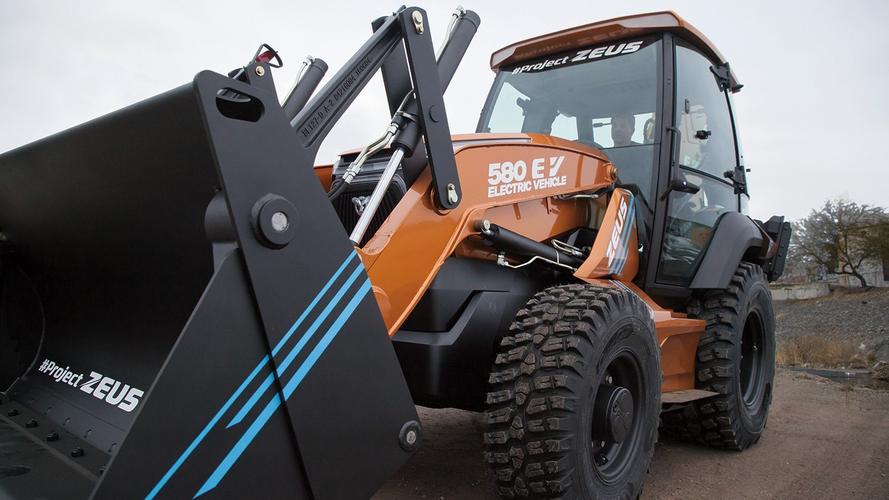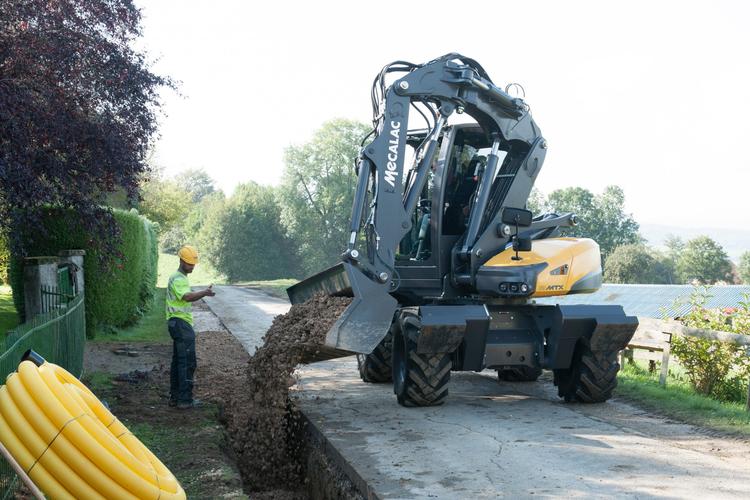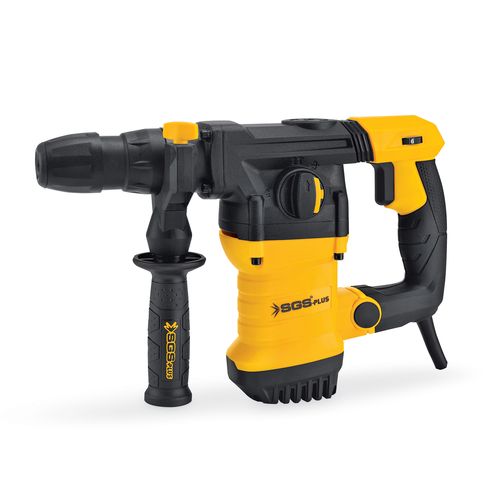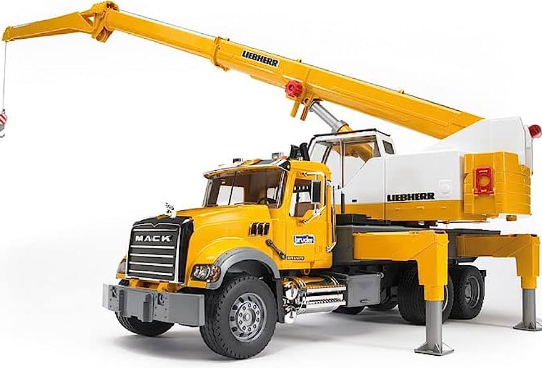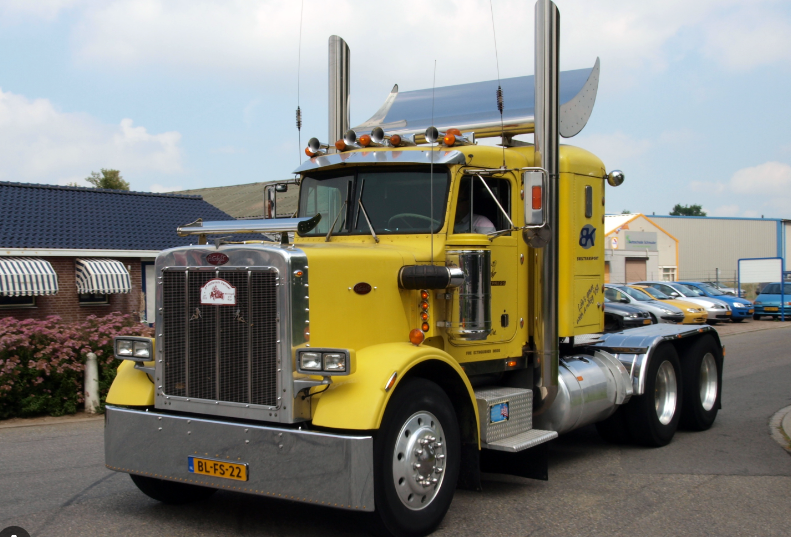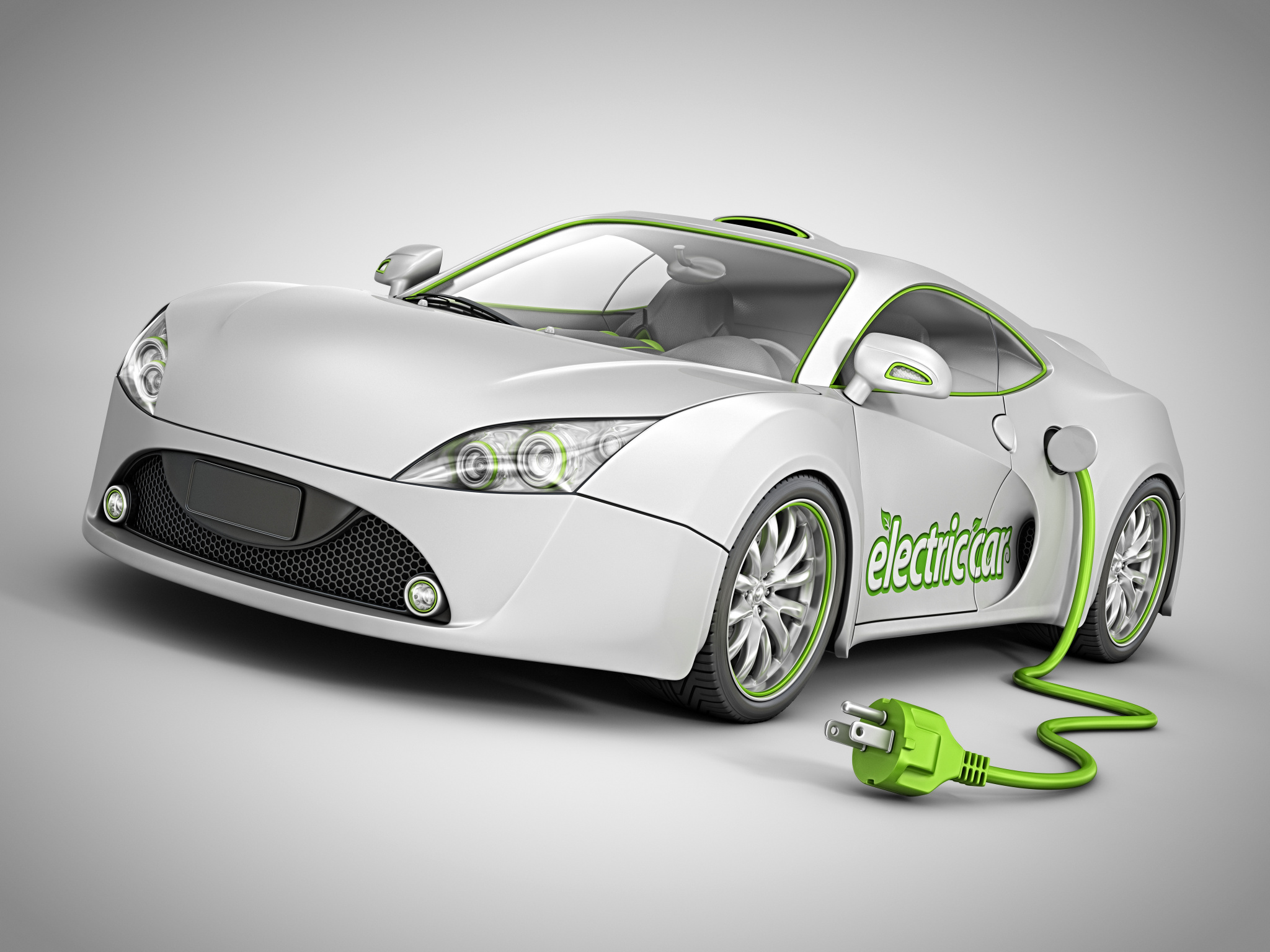Tractors are one of the most important machines used in modern agriculture to carry out various farming activities such as tilling, plowing, harvesting, and transportation of goods. Tractors come in different shapes and sizes with different attachments to perform specific tasks. To understand the functions of a tractor, it is essential to know its parts, which include the power train, hydraulics, transmission, wheels and other mechanical systems.
Power Train
The power train is the heart of the tractor, consisting of the engine, clutch, and gearbox. The engine, often diesel-powered, provides energy that drives the operation of the tractor. The clutch connects the engine to the transmission and allows the operator to engage or disengage the tractor from the power source. The gearbox serves to transmit power to the appropriate components of the tractor at varying speeds and is responsible for controlling the tractor’s speed and direction.
Hydraulics
Hydraulics are used to control tasks that involve raising, lowering, and holding heavy loads and attachments such as plows, tillers, and cultivators. The hydraulic system of a tractor is made up of several components, including the hydraulic pump, hydraulic reservoir, hydraulic filter, hydraulic valves, and hydraulic cylinder. The hydraulic pump serves to drive the hydraulic system, while the hydraulic filter removes impurities from the hydraulic fluid. The hydraulic valves control the flow of hydraulic fluid through hydraulic lines, and the hydraulic cylinder converts fluid energy into mechanical energy used to control the load's movement.
Transmission
The transmission of a tractor is responsible for controlling the speed of the tractor and the amount of power transmitted to the wheels. There are various types of transmissions, depending on the make and model of the tractor, including manual, powershift, and hydrostatic transmissions. Manual transmissions are the most common and are operated using clutch and gearshift levers. Powershift transmissions use electronically controlled gear shifts and allow for smoother and quicker gear changes. Hydrostatic transmissions use hydraulic systems to control the tractor's speed and direction and are often used in smaller tractors.
Wheels and other Mechanical Systems
Wheels are one of the most critical parts of a tractor, and their size, weight, and design play a significant role in the tractor's overall performance. Tractors usually have either two-wheel or four-wheel drive systems, depending on the intended use and terrain. Other important mechanical systems on a tractor include the cooling system, electrical system, and braking system. The cooling system ensures that the engine operates at an optimal temperature, while the electrical system provides power to the various electronic components of the tractor. Finally, the braking system ensures the safety of the operator and the tractor by ensuring that the tractor comes to a stop when necessary.
Conclusion
In conclusion, understanding the parts of a tractor is essential to maximize the tractor's performance and prolong its lifespan. While there are many different types of tractors with various parts and components, knowing the basic parts of a tractor such as the powertrain, hydraulics, transmission, wheels, and other mechanical systems can help farmers and tractor operators get the most out of their equipment.

